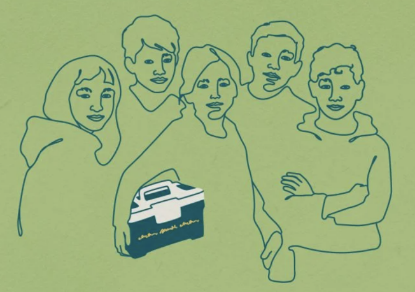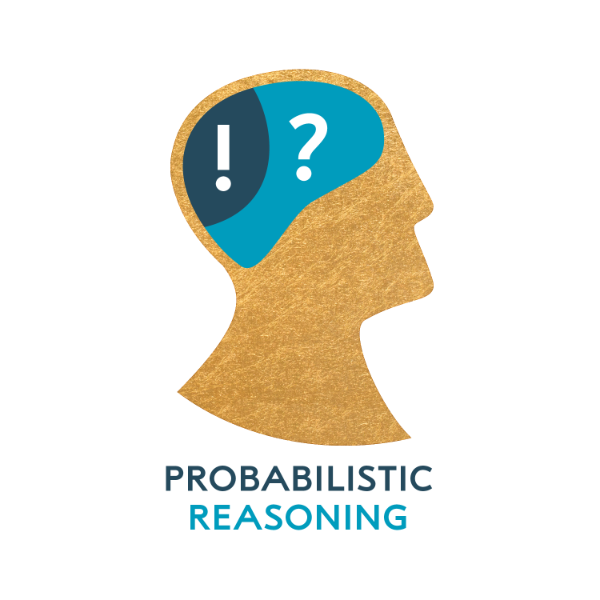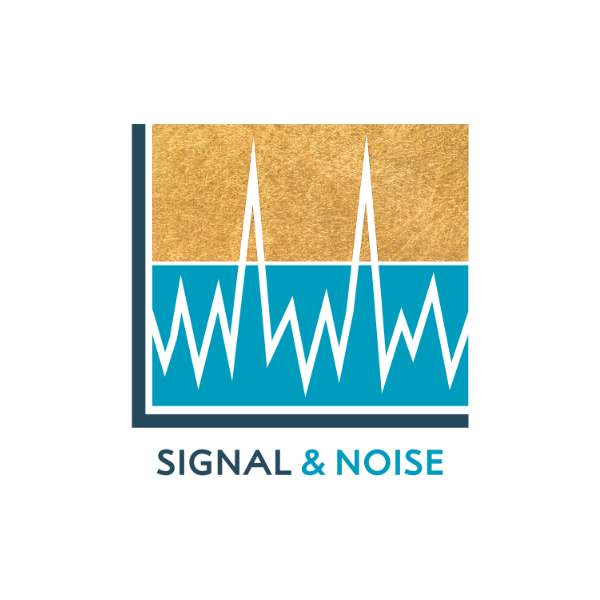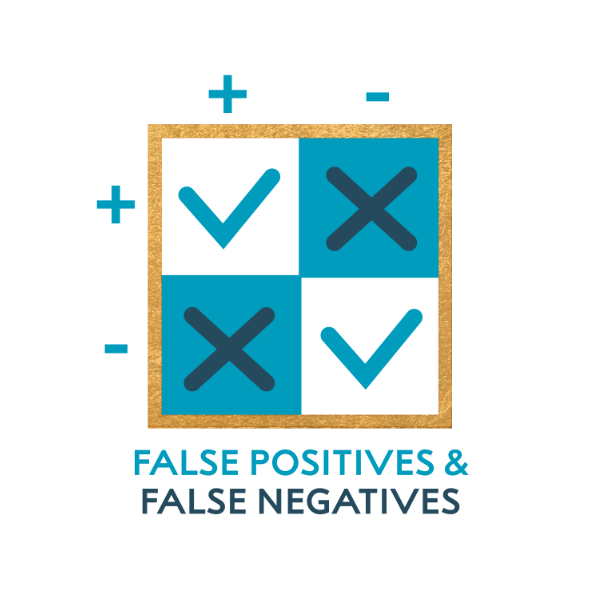Summary
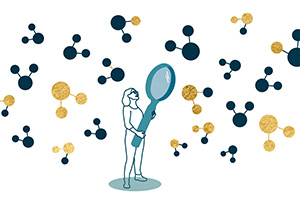
Scientific investigations try to answer questions about the natural world, such as identifying components of Earth’s atmosphere and how air quality affects health. This can involve a certain amount of scientific uncertainty. Uncertainty in science can come from incomplete information or scientific errors. In this
unit, students will explore air quality data to learn how to identify uncertainty and errors in science. By recognizing these uncertainties and errors, they will learn how to reduce them and become more sure of their findings. They will use probabilistic reasoning to make predictions, such as the likelihood of wildfire spread. Students will also look for meaningful signals in data and understand how false positives and false negatives can influence decisions. Throughout the unit, students will apply these conceptual tools
to air quality issues at both the local and global levels.
Unit Driving Question
How do you address scientific uncertainty when investigating claims about air quality?
Teacher Edition
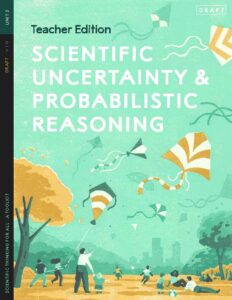
The teacher edition is designed to support teachers in fostering student learning over the entire unit. Information provided includes day-to-day instructional management: how to prepare the classroom, what materials are needed, sample student responses, and how to modify materials for diverse learners.
Teacher edition, Unit 3: Scientific Uncertainty & Probabilistic Reasoning (84 Mb)
Student Book
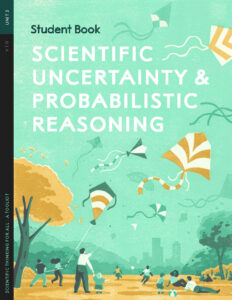
Each unit requires students to interact with specific key concepts, process skills and thinking tools through various learning experiences. The student book has a deliberate structure that provides support for student learning, regardless of activity type.
Student book, Unit 3: Scientific Uncertainty & Probabilistic Reasoning (38 Mb)
Activities

Investigating Probabilistic Reasoning
Activity Type: Card-based InvestigationNumber of 40-50 minutes class periods: 1-2
How do you make predictions with incomplete information?
Download Activity (Teacher Edition)
Download Activity (Student Book)

Signal and Noise
Activity Type: Data AnalysisNumber of 40-50 minutes class periods: 1-2
How do you identify the meaningful data in a data set?
Download Activity (Teacher Edition)
Download Activity (Student Book)
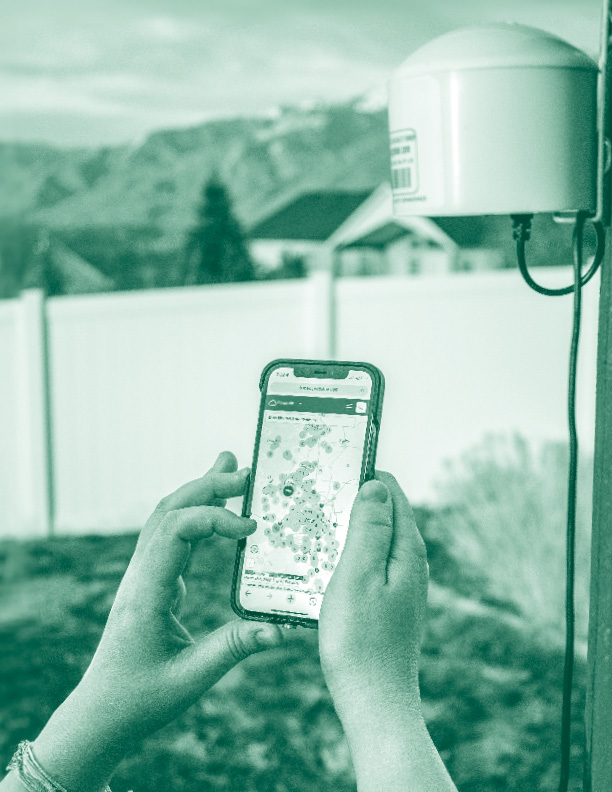
Scientific Uncertainty in Data
Activity Type: Computer InvestigationNumber of 40-50 minutes
class periods: 1-2
What are some sources of scientific uncertainty in data?
Download Activity (Teacher Edition)
Download Activity (Student Book)

Reducing Error in Experimental Design
Activity Type: LaboratoryNumber of 40-50 minutes class periods: 2-3
How do you design a study to reduce scientific error?
Download Activity (Teacher Edition)
Download Activity (Student Book)
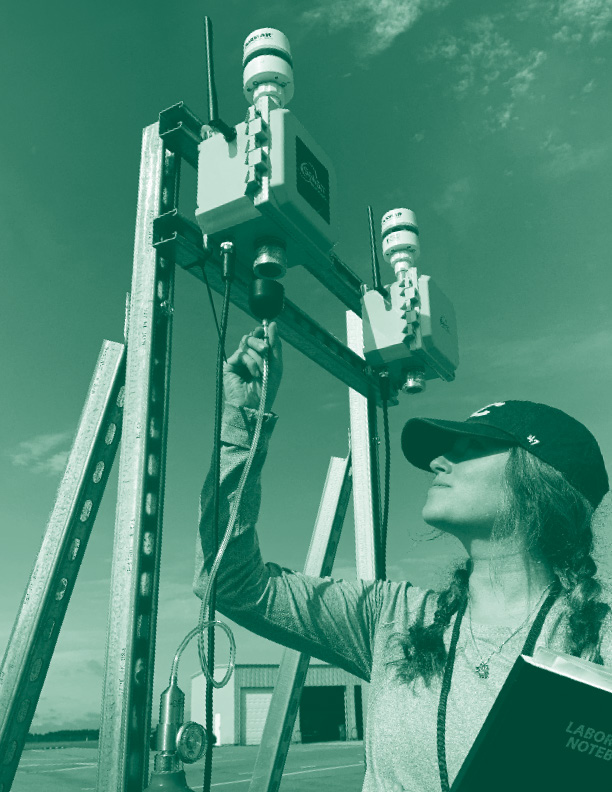
Addressing Uncertainty in Science
Activity Type: ReadingNumber of 40-50 minutes
class periods: 1-2
How do scientists reduce uncertainty in science?
Download Activity (Teacher Edition)
Download Activity (Student Book)

Quantifying Scientific Uncertainty
Activity Type: Computer SimulationNumber of 40-50 minutes class periods: 1-2
How can you reduce random errors and systematic errors in data?
Download Activity (Teacher Edition)
Download Activity (Student Book)

Reducing Scientific Uncertainty
Activity Type: Card-based InvestigationNumber of 40-50 minutes class periods: 1-2
What are ways to collect and analyze data to reduce scientific uncertainty?
Download Activity (Teacher Edition)
Download Activity (Student Book)

Collecting Experimental Data for Predictions
Activity Type: LaboratoryNumber of 40-50 minutes class periods: 2
How can you use experimental results to make predictions about the real world?
Download Activity (Teacher Edition)
Download Activity (Student Book)
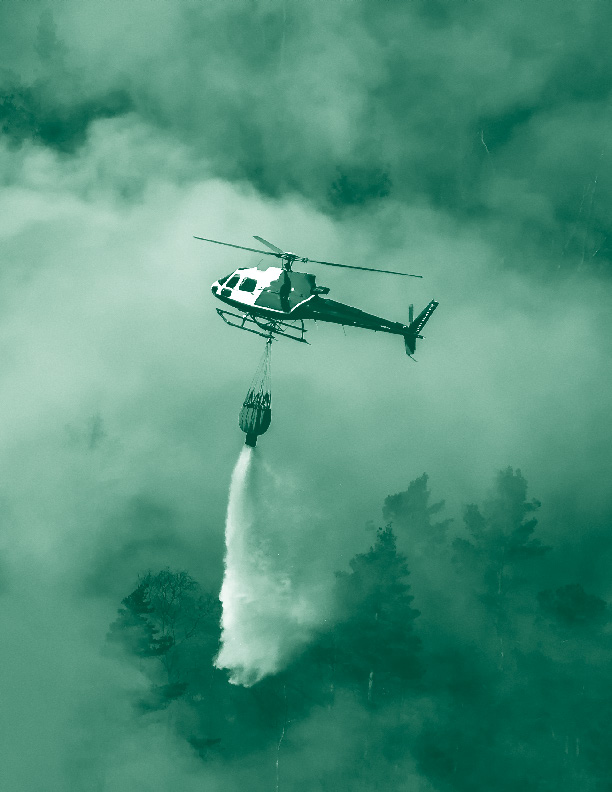
Probabilistic Modeling
Activity Type: ModelingNumber of 40-50 minutes class periods: 2
How can probabilistic reasoning be used to predict an outcome?
Download Activity (Teacher Edition)
Download Activity (Student Book)

Applying Probabilistic Reasoning
Activity Type: Card-based InvestigationNumber of 40-50 minutes class periods: 2
How can you use probabilistic reasoning to reduce risk?
Download Activity (Teacher Edition)
Download Activity (Student Book)
